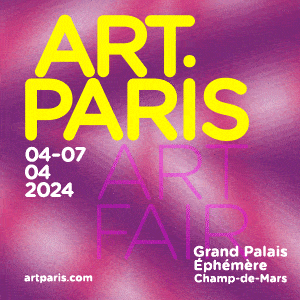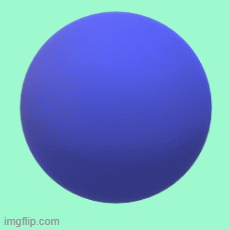Whitehot Magazine
April 2024
"The Best Art In The World"
"The Best Art In The World"
April 2024
Keeper of the Gate: Raymond Salvatore Harmon on post-internet art, graffiti and cut up canvas
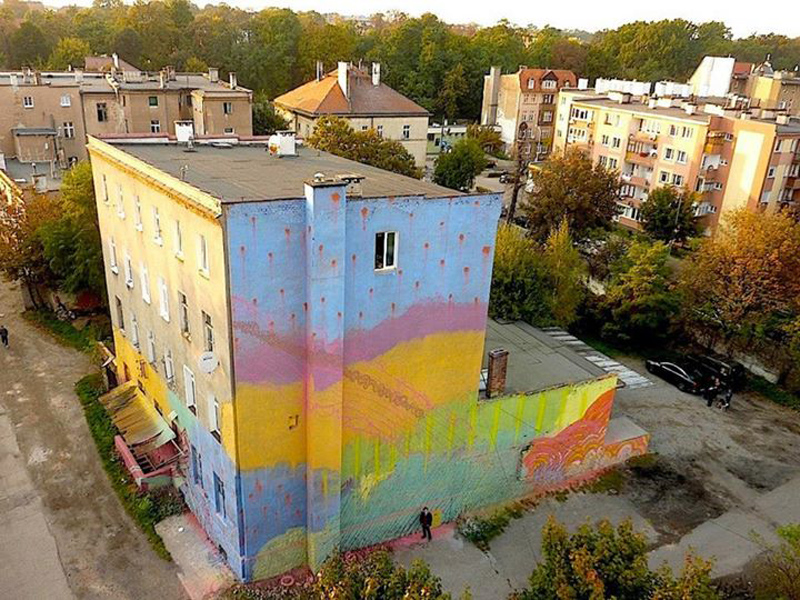 Raymond Salvatore Harmon, Soul Food, painted building, Silesia, Poland
Raymond Salvatore Harmon, Soul Food, painted building, Silesia, Poland
Raymond Salvatore Harmon, ACID
Imitate Modern
Jan. 29, 2015 to Feb. 2, 2015
By NOAH BECKER, JAN. 2015
Raised in the shadow Detroit Raymond Salvatore Harmon is an artist who works in vibrant color on an architectural scale. Harmon is a cross disciplinary painter in this sense. An American living in London, Harmon often uses landmarks around the city as surface for his works. Harmon has a solo exhibition opening on the 29 of January entitled ACID. Imitate Modern, London is the location of Harmon’s new show which will run through Feb 2, 2015.
Noah Becker: There was a picture you posted on Facebook of an entire building that you covered in paint. I know you travel around a lot, was this building located in the UK?
Raymond Salvatore Harmon: The most recent piece, Soul Food, is in Silesia, Poland. It’s a six story tall food co-op building. I was brought out by a local student group in collaboration with Amnesty to paint the building as a part of a broader project bringing attention to the increased need for food co-ops since the EU wide austerity drive.
Noah Becker: What was the Lord Napier building before you painted it? Why that building?
RSH: The Napier was originally a workers pub until sometime in the early 80s. At that point Hackney Wick, the neighborhood where it is and where I live, was mostly factories. By the late 80s the Napier had become a squat rave site famous for raves that went on for days continuously. When I moved to the UK in 2007 it was still being squatted. Over the years it had become an iconic building for London graffiti, covered in decades worth of graff. But Hackney Wick, which has the highest population density of artists in all of Europe, is right next to what would become the Olympic site. When the neighborhood was force gentrified in 2011/12 to make way for the Olympics the entire facade was blanked out white by the Council despite the owner of the building having long given it over as a permission site for graffiti. After the Olympics it stayed mostly white as cops had begun patrolling and harassing people in the area doing street work. At that point I decided it was time to give it a fresh coat.
NB: There were a few more, I saw online.
RSH: You may have seen a photo of piece from a couple of years ago here in London that is in Hackney. That piece, Keeper of the Gate, was done during the Hackney Wicked festival. It’s an old pub that was the home of a lot of famous squat raves in the 90s.
NB: That kind of site specific work interests me a lot. It seems you have a lot in common with New York based artist Maya Hayuk in that sense. You both work in the street and also on walls or buildings.
RSH: I am a big fan of Maya's work. Especially her use of color. She and I were the last two people to paint the old Monster Island building in Brooklyn (she did the entire exterior and I did the entire basement floor) before it closed. Though we didn't actually meet until long after that.
My own outdoor work is rooted in architecture as canvas, not really muralism as I don't do walls, but a kind of site specific paint installation that deals with the 3 dimensional surface as a sculptural object being painted - more akin to the work of Katharina Grosse.
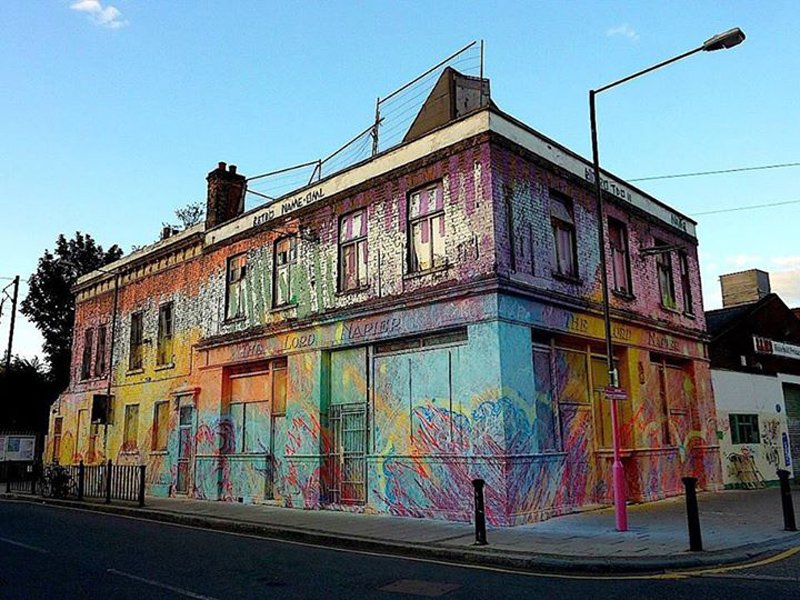 Raymond Salvatore Harmon, The Lord Napier Building, painted building, London UK
Raymond Salvatore Harmon, The Lord Napier Building, painted building, London UK
NB: So you have a connection to gallery based art not just art in the streets? How do you think of the distinction if any between street art and so called serious gallery art?
There is a very powerful perception of a distinction between "fine art" and "street art" which I find amusing. On the street art side there are those, particularly the older generation of artists who come from a graffiti background, who feel protective of the scene. On the fine art side there is a general dismissiveness to what is happening in street art as the controls inherent in the fine art establishment are not in place in the street art world. It’s a lot easier to get permission to paint a massive mural than it is to get into a well known commercial gallery. The only time the fine art world pays attention to street art is when a particular artist breaks into big prices.
NB: Was graffiti always an interest of yours?
RSH: My experiences with graffiti were mostly as a teen, train hoping into Detroit, doing a kind of abstract calligraphy. Back then I didn't see it as art really, it was a culture I hung out in more than any aesthetic practice. It wasn't until after giving up my Chicago studio and moving to London that I started thinking a lot more about buildings as canvas. The potential that graffiti has to take painting in unexplored directions.
Before returning to working with paint in an architectural context I had spent over a decade living in Chicago putting in my time in the art world there. I was the studio manager for Miroslaw Rogala, an older generation Polish American media artist, hung out with Ed Paschke a lot, and traveled to Europe to build installations for Rogala. Ed and I's studios were just a few blocks apart in the Rogers Park neighborhood and we spent weekends at a pub called the Sunnyday Tap listening to the Barret Deems trio live. So I had a lot of inside perspective on major gallery and museum inner workings. During that time I was painting and making abstract short films but because my day job was the art world I wasn't interested in showing in galleries. Before Chicago I had lived in NYC in the mid 90s and overall was just burned out on the commercial art world.
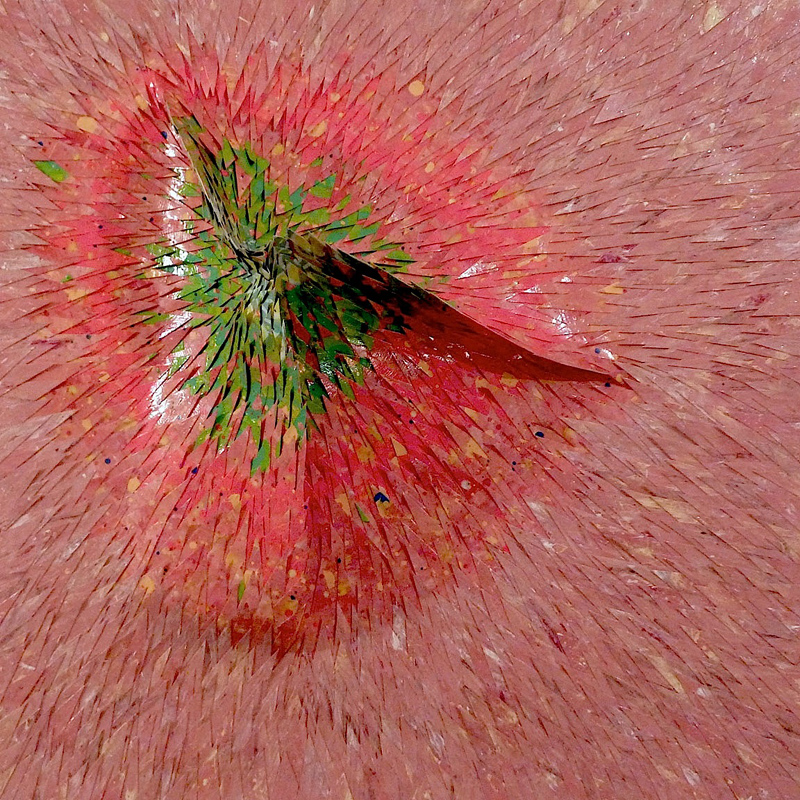 Raymond Salvatore Harmon, mixed media on cut canvas
Raymond Salvatore Harmon, mixed media on cut canvas
NB: I'm interested in your process of cutting up your paintings and the web as venue for work. What are your thoughts on being a painter in the digital age?
RSH: The collage pieces came about over a long period. My paintings are almost always on paper. In the beginning I was cutting up the paintings I didn't like as experimentation. But as I went I realized that the more attached I was to a painting, the harder it was for me to destroy it, but the greater the collage piece would come out of the destruction. They function as a form of meta-art, a kind of sampling of my own work.
Painting is a hard concept in the immaterial world of the Internet. I have never once seen a good photo of my paintings; it’s just impossible to capture the level of detail in the textures with a camera. I work in colors like metallics and fluorescents that are near to impossible to reproduce accurately in the digital realm. So the challenge was to find ways in which to engage this platform (the internet) and take painting into the digital, crossing that threshold of the immaterial with paint. In the same way I am cutting up my actual paintings to make collage work I have done the series of 3d panoramic environments that use my paintings as textural surfaces for 3d models I have created. These sites are the web version of the collage, as if you could just take the edge of the painting collage and move it around, panning it to reveal more than the rectangle shows.
NB: After thinking about all these aspects of your process and your history, where is art now?
RSH: Art in the early 21st century has become about appropriation, taking variables and mashing them together to create new forms. I wanted to explore how appropriating my own work could be used as a vehicle of self-discovery. Instead of surfing the web for content to use I turned on my own work with a razor. It’s like an inversion of the post-internet aesthetic. I make the physical into the immaterial instead of bringing the immaterial into the physical. WM
 Raymond Salvatore Harmon, mixed media on cut canvas
Raymond Salvatore Harmon, mixed media on cut canvas
 Raymond Salvatore Harmon, mixed media on cut canvas
Raymond Salvatore Harmon, mixed media on cut canvas

Noah Becker
Noah Becker is an artist and the publisher and founding editor of Whitehot Magazine. He shows his paintings internationally at museums and galleries. Becker also plays jazz saxophone. Becker's writing has appeared in The Guardian, VICE, Garage, Art in America, Interview Magazine, Canadian Art and the Huffington Post. He has written texts for major artist monographs published by Rizzoli and Hatje Cantz. Becker directed the New York art documentary New York is Now (2010). Becker's new album of original music "Mode For Noah" was released in 2023.
Links:
Noah Becker on Instagram
Noah Becker Paintings
Noah Becker Music
Email: noah@whitehotmagazine.com






